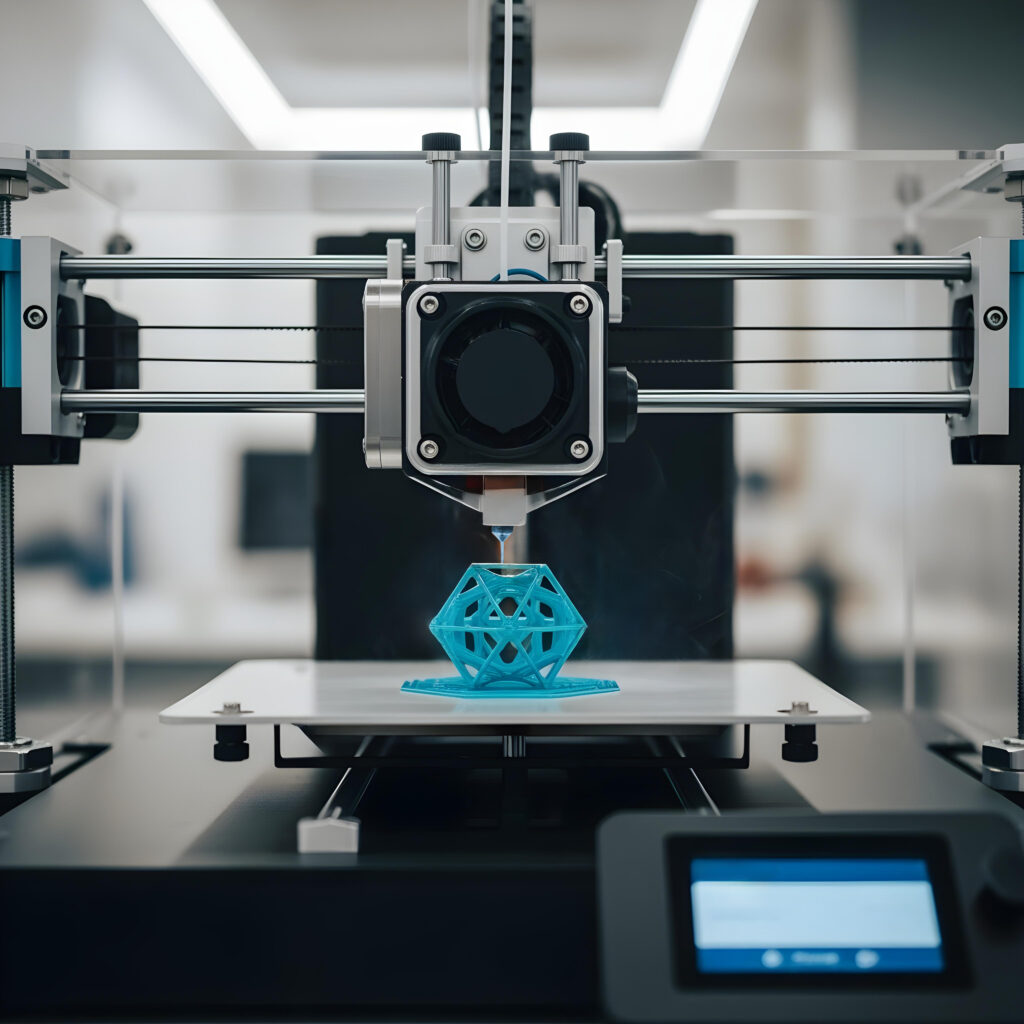Spider-style robot ‘Charlotte’ can 3D print a house in 24 hours
Designed by Crest Robotics and Earthbuilt Technology, Charlotte mimics spider movements to build structures without scaffolding using 3D printing.

Australian robotics firm Crest Robotics, in collaboration with Earthbuilt Technology, has developed a semi-autonomous robot named Charlotte that blends robotic motion and 3D printing to build structures directly from raw materials.
Unveiled at the 76th International Astronautical Congress in Sydney, Charlotte is still in prototype stage but already shows potential. The developers aim for it to print a 200 m² house in about 24 hours. The project has backing from the New South Wales Government’s Space+ programme.
Charlotte’s design is inspired by spider movement. It drives over different parts of a construction site and prints structural layers as it moves, eliminating the need for fixed scaffolding or separate manufacturing stages.
The robot aims to reduce energy use, waste, and labour costs by combining printing, transport and assembly into a continuous automated workflow. The developers estimate Charlotte’s printing rate rivals that of over 100 bricklayers.
The team sees applications beyond Earth. They are exploring versions of Charlotte that could help build infrastructure on the Moon under NASA’s Artemis programme.
In Australia, housing markets face stress from population growth, low productivity and supply bottlenecks. Charlotte could be a scalable response to these challenges, particularly in remote or constrained areas.
Would you like to learn more about AI, tech and digital diplomacy? If so, ask our Diplo chatbot!
